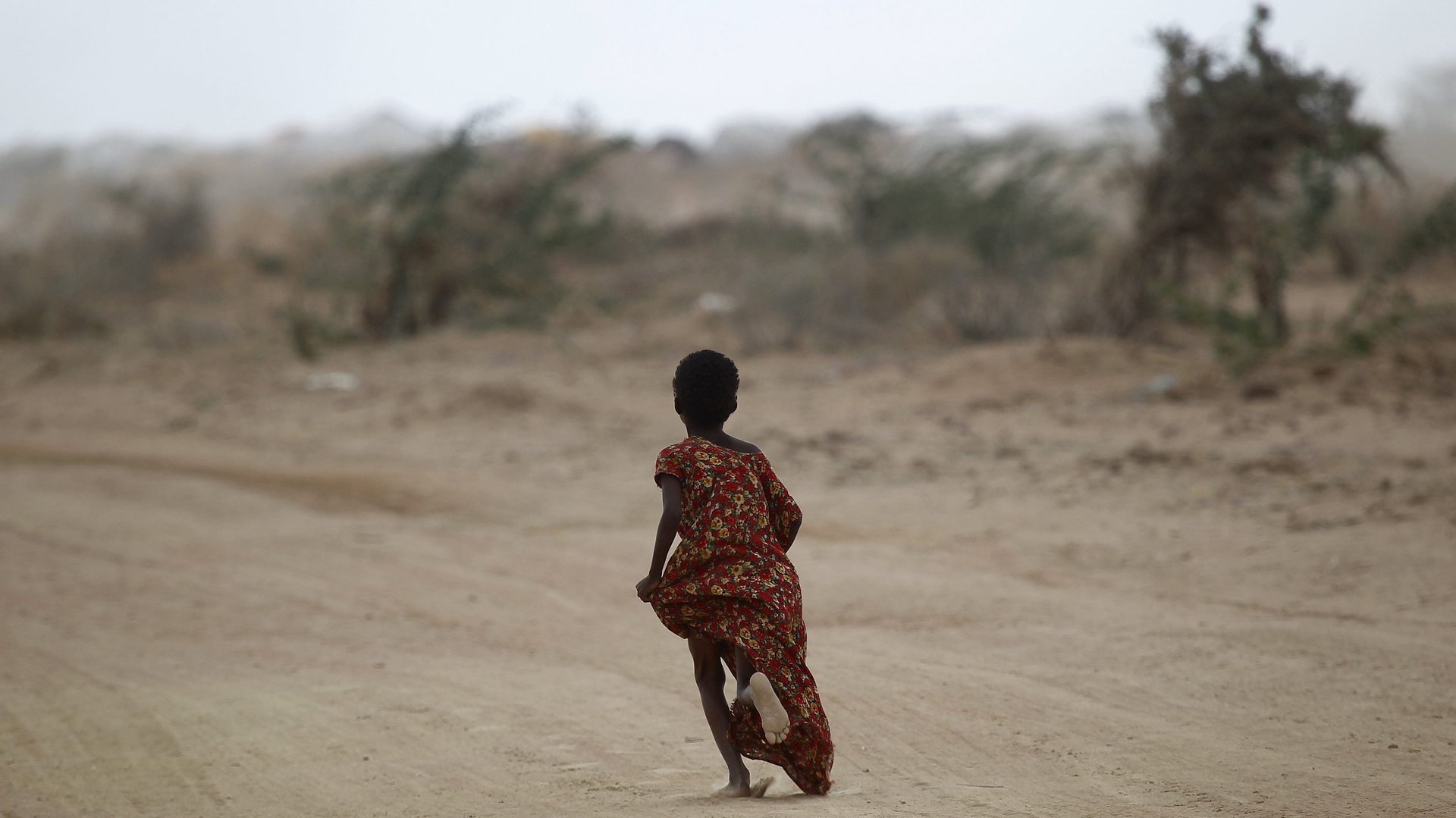The world has set the value of 20 million African and Yemeni lives at $43 each
On Feb. 22, UN secretary general Antonio Guterres delivered a grave warning: $4.4 billion was needed by the end of March to avoid the “catastrophe” of looming famine that could endanger 20 million lives in South Sudan, Nigeria, Yemen, and Somalia. His announcement echoed the words of UN humanitarian chief Stephen O’Brien, who noted earlier in the month that “we are facing the largest humanitarian crisis since the creation of the United Nations” in 1945.


On Feb. 22, UN secretary general Antonio Guterres delivered a grave warning: $4.4 billion was needed by the end of March to avoid the “catastrophe” of looming famine that could endanger 20 million lives in South Sudan, Nigeria, Yemen, and Somalia. His announcement echoed the words of UN humanitarian chief Stephen O’Brien, who noted earlier in the month that “we are facing the largest humanitarian crisis since the creation of the United Nations” in 1945.
But with March over, the amount donated to the UN totals around 20% of what’s needed—$852 million, according to the UN’s Office for Coordination of Humanitarian Affairs. That values each life at roughly $42.60.
None of the four countries mentioned in Guterres’ appeal has yet declared a nationwide famine—there are stringent UN criteria for when you can do so—but the international community’s slow response seems to mirror what happened in the 2010-2012 famine in Somalia, when the world let 260,000 people die of starvation. The wealthier parts of the world have a long history of being slow to address famines, especially in parts of the greater Horn of Africa, which has been most prone to them due to geographical factors, as well as social and development issues.
Somalia is now facing its third famine in 25 years, while South Sudan, which is wracked by civil war, has declared a famine in two counties containing over 100,000 people.
This new crisis comes at a time of increased internal pushback against foreign aid in major Western countries. The United States gives more aid than any other country in the world and makes up 22% of the UN’s budget, but president Donald Trump is threatening to slash US foreign aid spending by 28.7%. The United Kingdom gives the second most—it is one of only six countries that meets the UN’s foreign aid target of 0.7% of gross national product—but prime minister Theresa May is facing heavy pressure within her own party to cut that figure as well.
Meanwhile, the UN is continuing its fundraising appeal, and is hoping to raise more than $5.6 billion by the end of the year.
Annalisa Merelli also contributed to this report.